Introduction to “Dog Breeds with Low Separation Anxiety”
Separation anxiety in dogs is a concern for many pet owners, manifesting through various distress signals when these animals are left alone. While some breeds are naturally more prone to anxiety, others exhibit a remarkable calmness during solitary moments. This article delves into the world of dog breeds that are less likely to experience severe separation anxiety than other dogs, offering insights for those seeking a compatible furry companion.
When selecting a dog, understanding its breed-specific characteristics, especially concerning separation anxiety, is crucial. We have carefully chosen breeds based on their inherent traits, adaptability, and temperament, guided by canine behavior studies and veterinary insights. These breeds are not only known for their individual charm and unique personalities but also for their ability to be independent dogs who cope better when left alone.
The key takeaways from this introduction include:
- Understanding Separation Anxiety: Gaining insights into what separation anxiety is and how it affects dogs differently based on their breed.
- Breed-Specific Traits: Recognizing that certain dog breeds have innate characteristics making them more suited to handle periods of solitude.
- Informed Selection: Emphasizing the importance of choosing a dog breed that aligns with your lifestyle and the ability to provide an environment that caters to their specific needs.
- Expert Guidance: Acknowledging that the selection of breeds in this article is backed by research and advice from canine behavior specialists and veterinarians.
Understanding separation anxiety and its impact on different breeds is essential for any dog owner. This understanding helps in making an informed decision when choosing a pet, ensuring that the breed’s needs align with your lifestyle. To choose the perfect dog to fit your lifestyle visit FurLyfe’s Breed Page.
Understanding Separation Anxiety in Dogs
Separation anxiety in dogs is more than just a minor inconvenience; it’s a serious behavioral condition that can significantly impact both the dog’s and the owner’s quality of life. This section aims to provide a comprehensive understanding of what separation anxiety is, how it manifests, and its implications for dogs and pet parents.
What is Separation Anxiety?
Separation anxiety in dogs refers to the stress and anxiety experienced by some dogs when they are left alone or separated from their owners. This condition is characterized by a variety of behavioral issues that occur when the dog is isolated. Unlike simple mischief or boredom, separation anxiety stems from a deep-seated fear and discomfort that can lead to more severe psychological and physical symptoms.
Symptoms and Signs of Separation Anxiety
Recognizing the signs of separation anxiety is crucial in addressing and managing the condition. Common symptoms include:
- Excessive Barking or Howling: Persistent vocalization when left alone is a sign of distress.
- Destructive Behavior: Dogs with separation anxiety may chew on furniture, dig at doors and windows, or engage in other destructive activities.
- Pacing or Restlessness: Incessant movement or pacing is a physical manifestation of the dog’s nervousness.
- Escaping Attempts: Trying to escape from the house or yard is a more extreme reaction to being left alone.
- Accidents Indoors: House-trained dogs may urinate or defecate inside when experiencing severe anxiety.
- Excessive Drooling or Panting: These can be signs of stress, especially if they occur only in the owner’s absence.
- Changes in Eating Habits: Refusing to eat when alone is another indication of separation anxiety.
Causes of Separation Anxiety
The exact cause of separation anxiety in dogs can vary, but it often includes:
- Genetics and Breed Disposition: Some breeds are more prone to anxiety due to their genetic makeup.
- Lack of Socialization or Training: Dogs that are not properly socialized or trained from a young age may develop anxiety.
- Change in Routine or Environment: Dogs thrive on routine, and significant changes can trigger anxiety.
- Traumatic Experiences: Past traumas, such as being abandoned or rehomed, can lead to separation anxiety.
- Over-Attachment to the Owner: Dogs overly attached to their owner may struggle more when left alone.
Impact of Separation Anxiety on Dogs
The impact of separation anxiety on dogs can be profound:
- Physical Health: Chronic stress can lead to health issues such as digestive problems or a weakened immune system.
- Mental Well-being: Prolonged anxiety can lead to depression or other behavioral issues in dogs.
- Quality of Life: Dogs with severe anxiety may struggle to find comfort even in safe, familiar environments.
Understanding separation anxiety in dogs is a vital step in identifying and addressing the issue. This knowledge is also crucial when choosing a dog breed, as some are more predisposed to anxiety than others. The next section will delve into the specific dog breeds known for their lower propensity for separation anxiety, providing detailed insights for potential and current dog owners.
Factors Influencing Separation Anxiety in Dogs
The occurrence and intensity of separation anxiety in dogs are influenced by a combination of genetic, environmental, and psychological factors. Understanding these can help in both selecting the right breed and managing breeds separation anxiety in your pet.
Genetic and Breed-Specific Factors
- Breed Traits and Temperament: Certain breeds are genetically predisposed to handle solitude better than others. Breeds with a more independent nature, like some hunting or working dogs, may exhibit lower levels of separation anxiety.
- Inherited Dispositions: Some dogs are genetically more anxious or prone to stress, regardless of breed. This predisposition can be inherited from their parents.
Environmental and Training Influences
- Early Socialization: Puppies that are well-socialized tend to be more confident and less anxious as adults. Exposure to different people, environments, and situations can build a more resilient temperament.
- Training and Conditioning: Proper training can significantly impact a dog’s ability to cope with being alone. Techniques like crate training or positive reinforcement can help reduce anxiety.
- Routine and Stability: Dogs thrive on routine. A stable and predictable environment can help reduce anxiety, as the dog knows what to expect.
- Owner Behavior: Dogs often mirror their owner’s emotions. Anxious or overprotective owners can inadvertently transfer these feelings to their pets.
Managing External Factors
- Exercise and Stimulation: Regular exercise and mental stimulation are crucial in managing anxiety. A tired dog, both mentally and physically, is less likely to feel anxious.
- Creating a Safe Space: Providing a comfortable, safe space for a dog when left alone, like a cozy bed or a room with familiar smells, can help in reducing stress.
- Gradual Desensitization: Gradually acclimatizing a dog to being alone can prevent the development of separation anxiety. This can involve leaving the dog alone for short periods and gradually increasing the duration.
Understanding these factors is essential for both preventing and managing separation anxiety in dogs. It also plays a critical role in choosing a breed that is more suited to your lifestyle and environment. The next section will discuss specific dog breeds that are generally known for having low separation anxiety, delving into their characteristics and needs
Top Dog Breeds with Low Separation Anxiety
In this section, we explore specific dog breeds renowned for their lower propensity to experience separation anxiety. These breeds are generally more independent, adaptable, and low maintenance dogs making them suitable for owners who may need to leave them alone for parts of the day or long periods.
1. Labrador Retriever
- Characteristics: Labradors are known for their even temperament and adaptability. They are friendly, outgoing, and typically do not rely heavily on constant human companionship.
- Ideal Living Conditions: They thrive in environments where they can get regular exercise and mental stimulation, which helps in mitigating anxiety.
2. Golden Retriever
- Characteristics: Similar to Labradors, Golden Retrievers are well-tempered and adaptable. They are patient, intelligent, and less prone to anxiety when left alone.
- Ideal Living Conditions: A balanced routine with adequate exercise and playtime is crucial for their well-being.
3. French Bulldog
- Characteristics: French Bulldogs are known for their laid-back and affectionate nature. They are less energetic, which translates to a lesser need for constant interaction.
- Ideal Living Conditions: Suitable for apartment living, they require minimal outdoor activity but do enjoy companionship and play.
4. Basset Hound
- Characteristics: Basset Hounds are calm and placid. Their independent nature makes them less prone to separation anxiety.
- Ideal Living Conditions: They are adaptable to various living situations and require moderate exercise.
5. Shih Tzu
- Characteristics: Shih Tzus are known for their friendly disposition and are relatively independent. This small breed dog can handle time alone better than many other small breeds.
- Ideal Living Conditions: Though they enjoy affection, they do not demand constant attention and adapt well to various environments.
6. Boston Terrier
- Characteristics: Boston Terriers are renowned for their amiable disposition and adaptability. They are intelligent and have a balanced energy level, which contributes to their calmness when left alone. Their friendly nature makes them great companions, but they are also independent enough to handle time by themselves without excessive anxiety.
- Ideal Living Conditions: These dogs are versatile, adjusting well to both apartment living and larger spaces. They enjoy a mix of relaxation and moderate exercise. While they value interaction with their owners, they can cope well with periods of solitude, provided they have been accustomed to it gradually.
7. Lhasa Apso
- Characteristics: The Lhasa Apso, a breed with a history as a watchdog in Tibetan monasteries, possesses a naturally independent and alert character. This breed’s self-sufficient nature is a significant factor in its lower tendency towards separation anxiety. They are confident and reserved, often showing an indifferent attitude towards solitude.
- Ideal Living Conditions: Lhasa Apsos thrive in a consistent and quiet environment. While they form strong bonds with their owners, they don’t demand constant attention and can manage well on their own for reasonable durations. Regular, gentle exercise and mental stimulation are sufficient to keep them content.
8. Chinese Shar Pei
- Characteristics: Shar Peis are distinct for their aloofness and independent streak owing to their roots as guard dogs. Known for their loyalty to their family, they often maintain a reserved demeanor around strangers. This breed’s self-reliance is a key trait that helps them cope better with being alone, reducing the likelihood of separation anxiety.
- Ideal Living Conditions: They need a tranquil home environment with enough space to roam. While they require regular exercise, they are not overly demanding in terms of physical activity. Providing this guard dog with their own space and a routine can help them feel secure, even when left alone.
These breeds, with their unique characteristics, are generally better suited for owners who may have to leave them alone for some time. It’s important to remember, however, that individual temperament and upbringing can also play a significant role in a dog’s ability to handle separation. Proper training, socialization, and a suitable home environment are crucial for any dog’s well-being. The following section will provide tips on managing and reducing separation anxiety in dogs, ensuring a happy and stress-free life for both the pet and the owner.
Managing Separation Anxiety in Dogs
Effective management of separation anxiety involves a combination of training, environmental adjustments, and sometimes professional guidance. This section provides detailed yet concise strategies to help reduce and manage separation anxiety in dogs.
Training Techniques
- Crate Training: Introduce a crate as a safe and comfortable space, not as punishment. This helps your dog associate the crate with positive experiences, making it a reassuring place when alone.
- Gradual Desensitization: Slowly acclimate your dog to being alone. Start with short intervals of separation and gradually increase the duration, rewarding calm behavior.
- Routine Establishment: Dogs benefit from a consistent daily routine. Regular feeding times, walks, and playtime can provide stability and reduce anxiety.
Environmental Comfort
- Safe Space Creation: Provide a comfortable area in your home where your dog feels secure. This could be a quiet corner with their bed, toys, and familiar items.
- Soothing Stimuli: Consider leaving on a radio or TV for background noise, or use pheromone diffusers which can have a calming effect on some dogs.
- Exercise and Engagement: Ensure your dog gets plenty of physical exercise and mental stimulation. A tired dog is typically more relaxed and less prone to anxiety. If you will be gone for a considerable amount of time, consider a dog walker to assist in required exercise.
Professional Assistance
- Behaviorist Consultation: If separation anxiety is severe, consulting a professional dog behaviorist can be beneficial. They can offer tailored strategies and training techniques.
- Veterinary Advice: In some cases, a vet may recommend medication to help manage anxiety, particularly if it’s severe. This is typically used in conjunction with behavioral strategies.
By implementing these strategies, dog owners can significantly reduce the impact of separation anxiety on their pets. It’s important for dog parents to be patient and consistent, as changes in behavior may take time. The final section of the article will summarize the key points and offer final thoughts on selecting and caring for a dog with low separation anxiety.
Conclusion: Embracing Dogs with Low Separation Anxiety
In conclusion, selecting a dog breed with a lower tendency for separation anxiety is an important consideration for potential pet owners, especially those who may have to leave their dog alone for parts of the day. This article has highlighted several breeds of intelligent dogs known for their independent nature and resilience in solitude, including Labrador Retrievers, Golden Retrievers, French Bulldogs, Basset Hounds, Shih Tzus, Boston Terriers, Lhasa Apsos, and Shar Peis.
Key takeaways from this discussion include:
- Breed Selection: Choose a breed that aligns with your lifestyle and ability to provide company. Breeds like Labradors and Golden Retrievers are adaptable and can manage solitude, while breeds like French Bulldogs and Boston Terriers are suitable for apartment living.
- Understanding Individual Differences: While certain breeds generally have lower separation anxiety, individual temperaments vary. Personalized attention to your dog’s unique personality is crucial.
- Training and Environment: Implementing effective training techniques, such as crate training and gradual desensitization, can significantly help in managing separation anxiety. Creating a comfortable environment and maintaining a stable routine also play vital roles.
- Professional Guidance: Don’t hesitate to seek advice from veterinarians or professional behaviorists, especially for severe cases of separation anxiety.
In essence, the right breed choice, coupled with appropriate training and a nurturing environment, can lead to a harmonious relationship between you and your dog. Understanding and catering to the specific needs of your chosen breed will ensure a happy, well-adjusted, and anxiety-free pet. Remember, the commitment to an independent dog and provide a loving and suitable home is as important as choosing the right breed.
Frequently Asked Questions (FAQs)
Q1: Can any breed of dog develop separation anxiety?
A1: Yes, any dog, regardless of breed, can develop separation anxiety. However, some breeds are more predisposed to it than others. Factors like genetics, environment, and individual temperament play significant roles.
Q2: Is separation anxiety more common in rescue dogs?
A2: Separation anxiety can be more prevalent in rescue dogs, possibly due to past experiences such as abandonment or lack of stable early life environment. However, with proper care and training, rescue dogs can overcome these challenges.
Q3: How long does it take to train a dog out of separation anxiety?
A3: The time it takes to train a dog out of separation anxiety varies. It depends on the severity of the anxiety, the dog’s age, the consistency of training, and the individual dog. Some dogs may improve within weeks, while others may require longer.
Q4: Are there specific signs that indicate a dog is suffering from separation anxiety?
A4: Common signs of separation anxiety include excessive barking or howling, destructive behavior, attempts to escape, and accidents indoors. These behaviors typically occur when your furry friend is left alone.
Q5: Can puppies develop separation anxiety?
A5: Puppies can develop separation anxiety, especially if they are not properly socialized or trained to spend extended periods of time alone. Early training and gradual acclimatization to being alone can help prevent this issue.

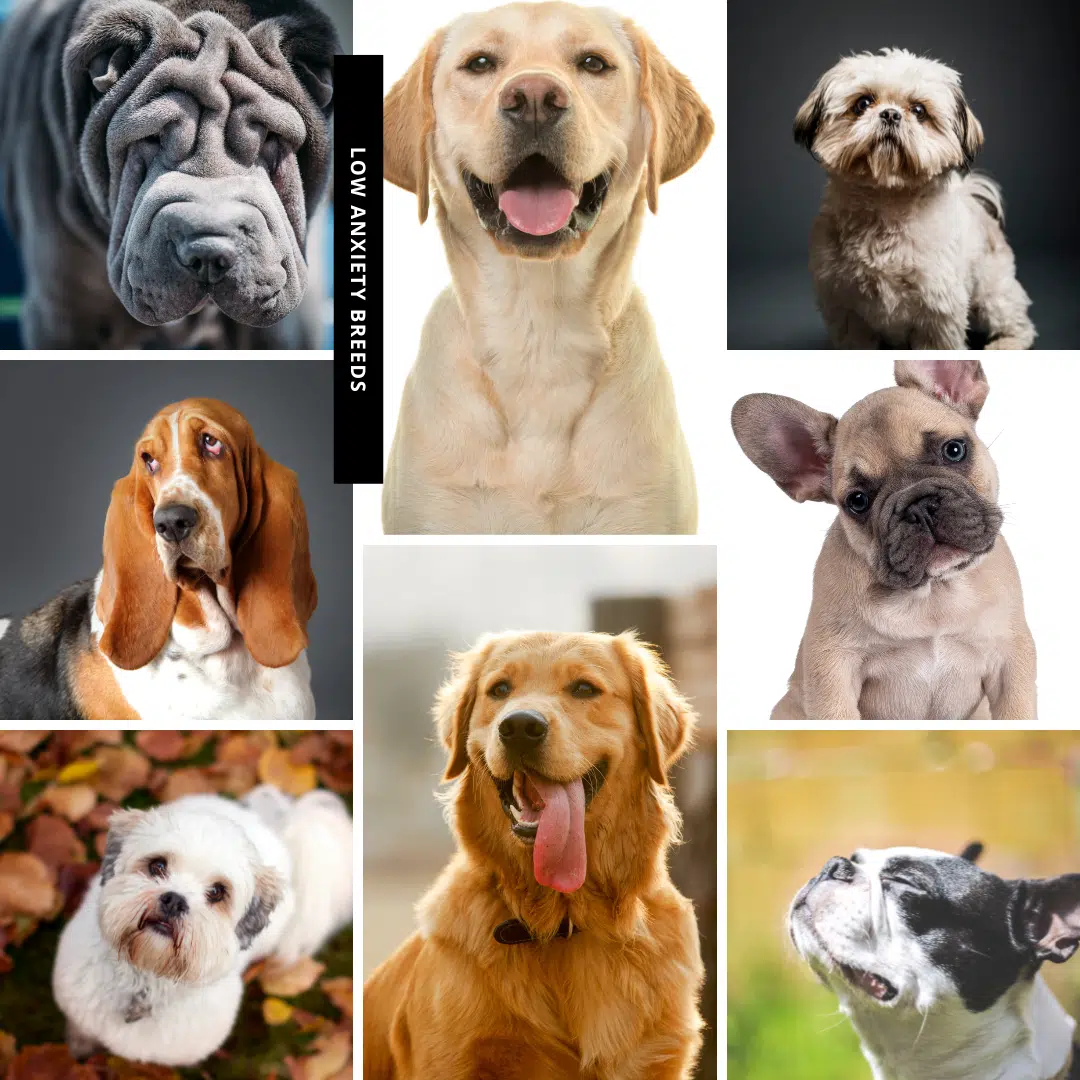


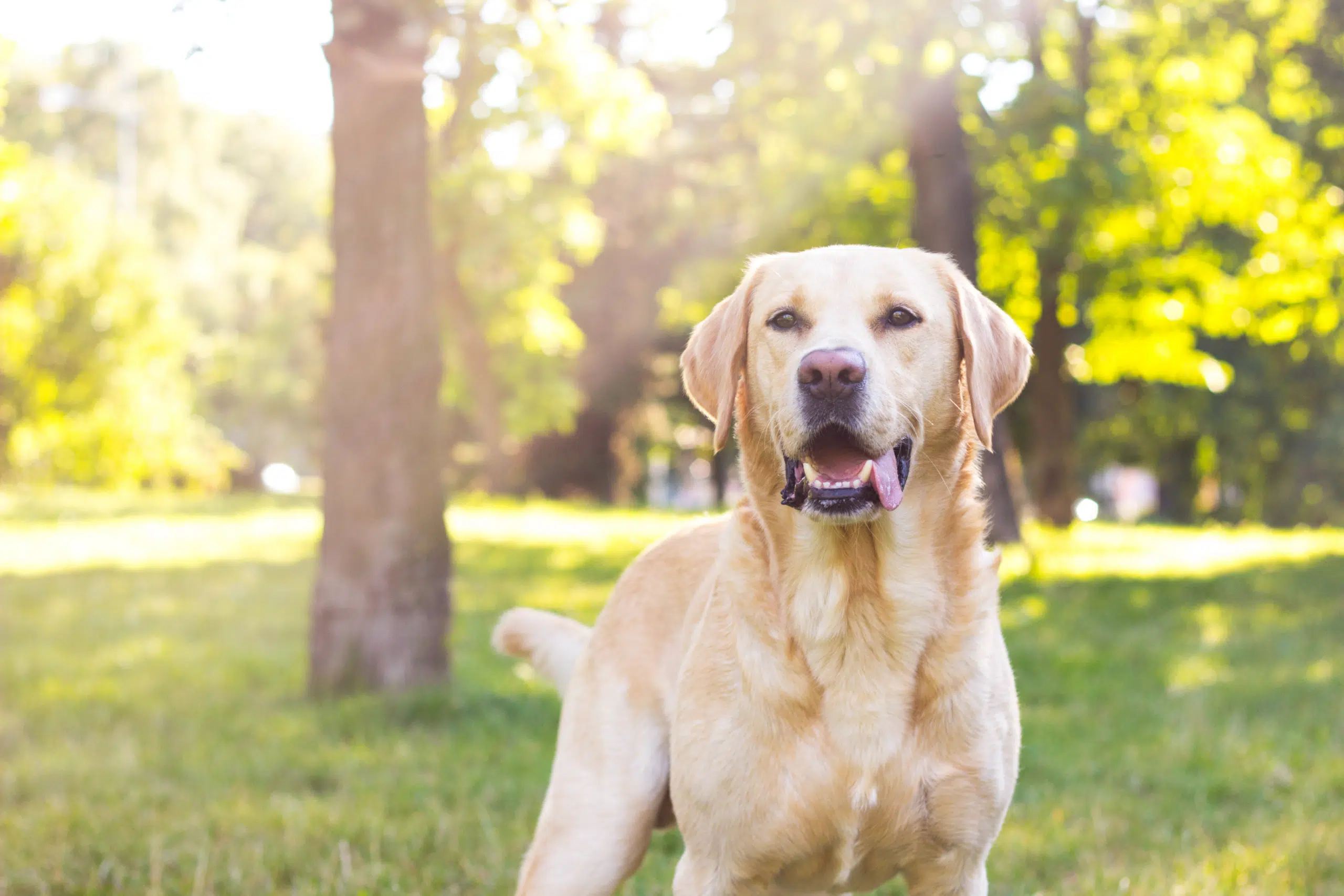





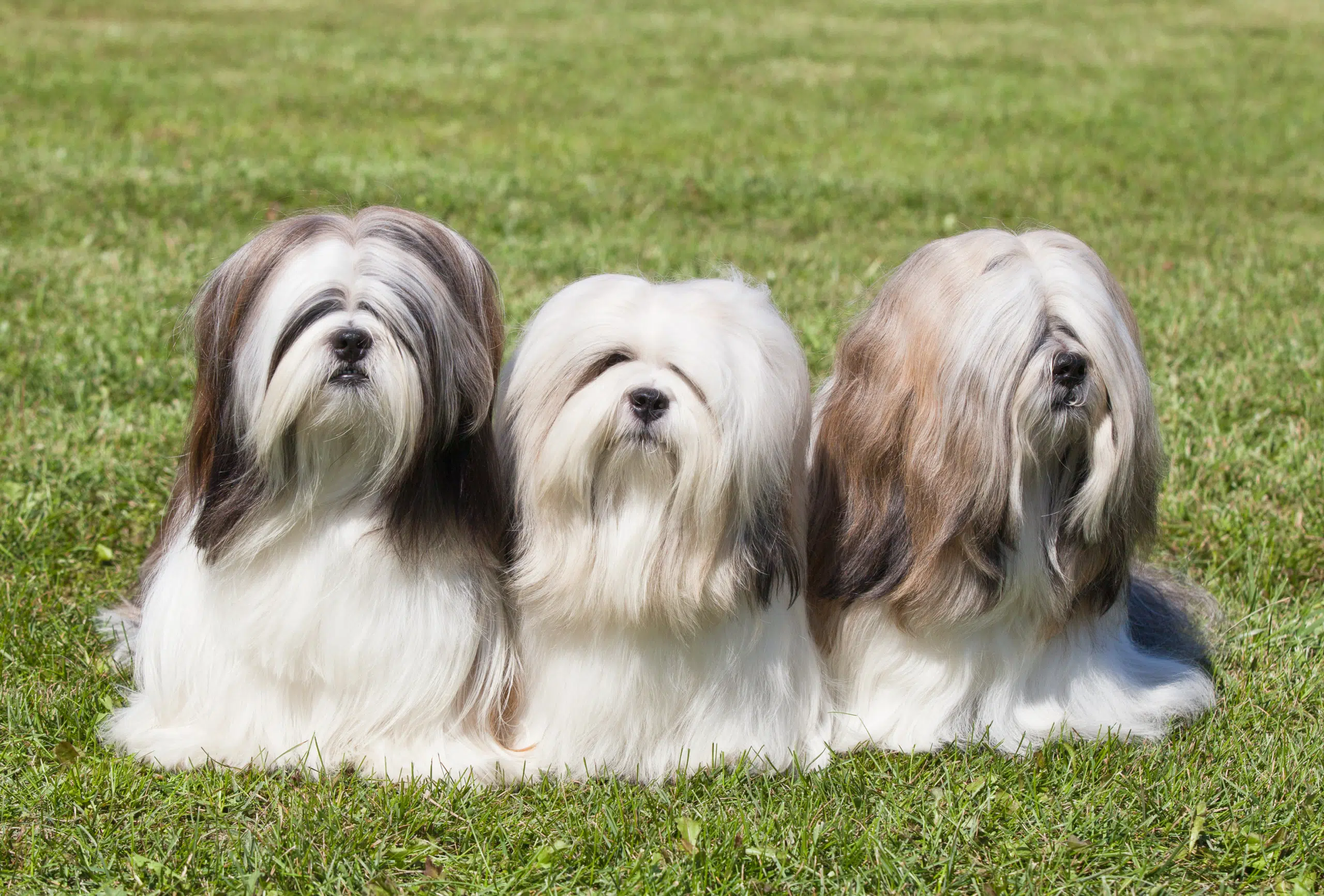



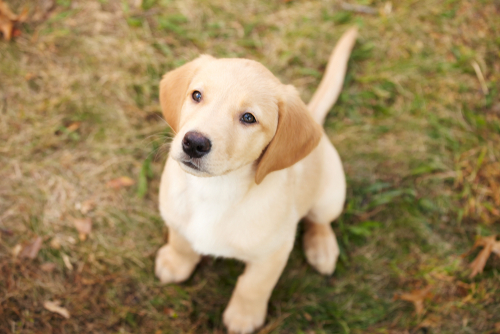
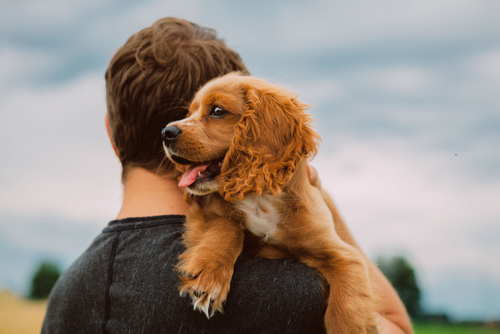





Get involved!
Comments